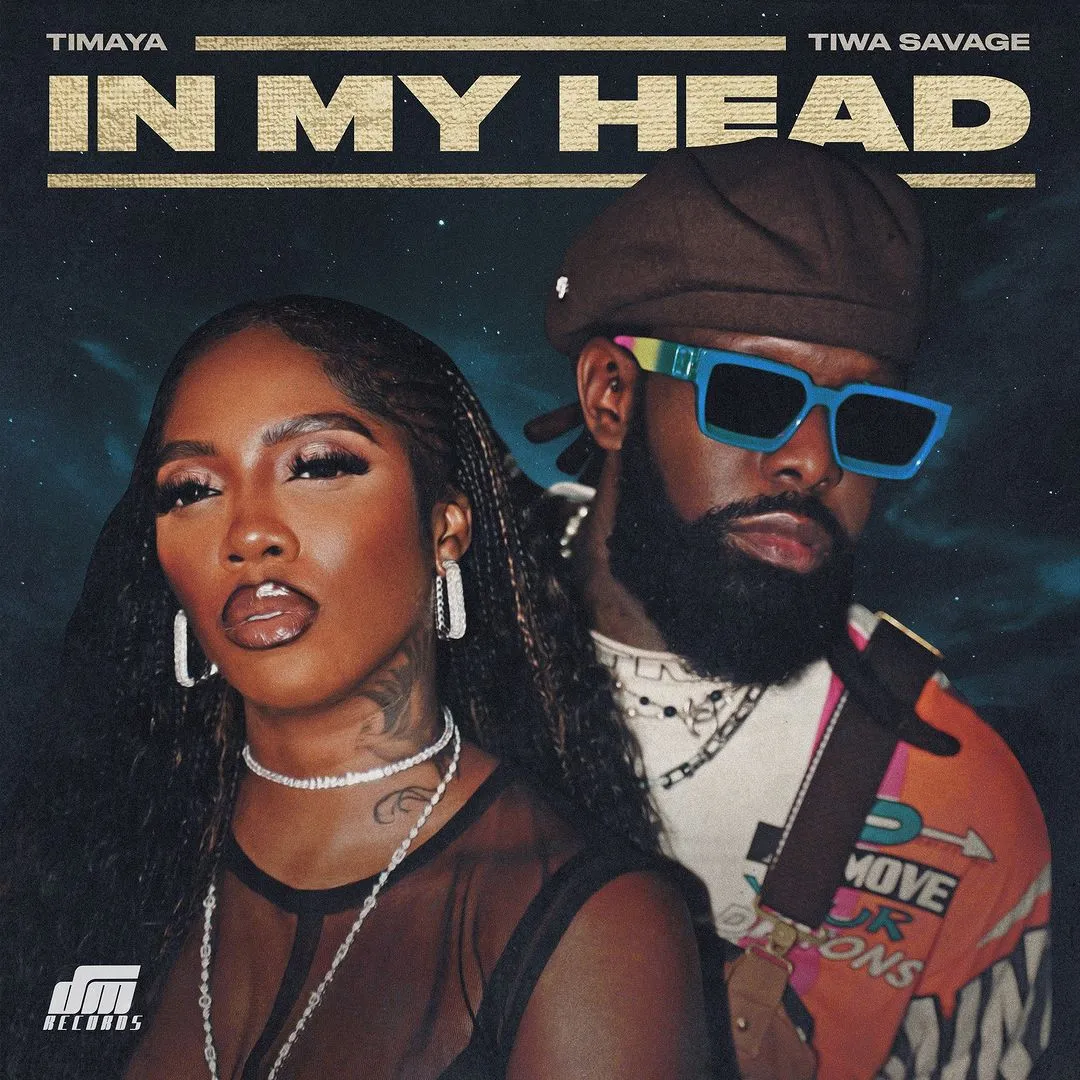Rotimi Adesanya
When I received a phone call from a consultant obstetrician and gynaecologist who is in private practice, I thought it was for assistance to resuscitate an asphyxiated baby. But I was wrong. It was meant to inform me of a dying male neonate bleeding from complications of circumcision.
After all the interventions to stop the bleeding proved abortive, the obstetrician decided to refer the patient via a phone call due to the urgency involved. Immediately they arrived, I placed the baby on admission. We started resuscitating him. He was placed on fluid and a drug to control the bleeding.
We obtained his blood sample, which we took to the laboratory for urgent blood level, group and cross-matching in order to facilitate blood transfusion. The patient’s packed cell volume (blood level) was 21 per cent, whereas the normal level for that age group is 45-54.
We counselled the parents on the need for urgent blood transfusion, but their religion forbids it. They refused blood transfusion and rather asked for treatment based on blood substitute.
The baby survived without the blood, while the blood substitute did not come till the following day.
Why circumcise?
The event also made me to ponder the benefits of male circumcision: Is it really worth the pain and the stress on the nursing mother?
Circumcision started as a religious or cultural rite for many Jewish and Islamic peoples, as well as certain tribes in Africa. It can also be a matter of family tradition, personal hygiene or preventive health care. It is probably the world’s most widely performed procedure.
Medical specialists in western world believe that there is no medical reason for routine circumcision of newborn male infants as it is done in this part of the world. However, the World Health Organisation recommends circumcision as part of a comprehensive HIV-prevention programme in areas with endemic rates of HIV transmission.
Male circumcision is the surgical removal of the foreskin — the foreskin is opened and then separated from the glans after inspection. The circumcision device, called Plastibel (a plastic ring) is worn on the penis, starving the foreskin of blood. This makes the foreskin to slowly eat away until the ring falls off few days after insertion.
Pain management
The circumcision procedure causes pain; and for newborns, this pain may interfere with mother-infant interaction or cause other behavioural changes. Consequently, physicians advocate the use of analgesics.
In practice, localised or regional pain-blocking injections and topical analgesic creams are effective for pain. For adults, anaesthesia is required, and the procedure is often performed without a specialised circumcision device.
Health benefits
Circumcision aids personal hygiene, as it makes it simpler to wash the penis. Circumcision prevents urinary tract infection and sexually transmitted infections. Indeed, circumcised men might have a lower risk of certain sexually transmitted infections, including HIV.
Prevention of penile problems: Occasionally, the foreskin on an uncircumcised penis can be difficult or impossible to retract (phimosis). This can lead to inflammation of the foreskin or the head of the penis. Although cancer of the penis is rare, it is less common in circumcised men.
Contraindications
Circumcision is contraindicated in premature infants, female, those who are not clinically stable, those with structural abnormalities such as a misplaced urethral opening (hypospadias and epispadias), ambiguous genitalia (hermaphrodites), and those with family history of bleeding disorders (haemophilia).
Complications
The most common complications associated with circumcision are bleeding and infection. Circumcision may also result in foreskin problems, as the foreskin might be cut too short or too long.
To save the day, circumcision must be performed in a sterile, hygienic environment with sterile instruments, in order to avoid risk of tetanus, hepatitis and sepsis.
In conclusion, biblically, Leviticus 12:3 says, “On the eighth day, the flesh of (a male child’s) foreskin shall be circumcised.” This is supported by medical science, which notes that there is more vitamin K and prothrombin present in the blood by the eighth day, which means less pain, less bleeding, and a better healing process.
Routine newborn circumcision should, therefore, not be done before the baby is eight days old.
Harmful circumcision
A 60-year-old man had sought circumcision. I thought within myself and wonder if this man had an ulterior motive. He was counselled on the risk of surgery, anaesthesia and slow recovery within that age group. He insisted on having the circumcision done.
He was referred to a surgeon where he could have all the pre-operative investigations to assess the risk of surgery. At that age, as simple as circumcision is, it may be associated with mortality.
Female circumcision, now called female genital mutilation, also known as female genital cutting, is the ritual removal of some or all of the external female genitalia. It is a harmful procedure, as there is no single medical benefit but dire health implications. There are laws banning this procedure in most countries.
Related forums

.jpg?w=900&ulb=true&ssl=1)







![Madura Veera (2024) [Telugu]](https://www.memesng.com/r/storage.waploaded.com/images/c640737bd7e17dc944d46408cfac4b62.jpg?w=50&ulb=true&ssl=1)
![Fifty Shades of Grey (2015) [+18 Sex Scene]](https://www.memesng.com/r/storage.waploaded.com/images/0a2820017a6de4a39d53f275c673fcc3.jpg?w=50&ulb=true&ssl=1)
![Sex Games (2023) [Fil] [+18 Sex Scene]](https://www.memesng.com/r/storage.waploaded.com/images/4f3464bd8079321fc85ee5c85cac1236.jpg?w=50&ulb=true&ssl=1)
















{{comment.anon_name ?? comment.full_name}}
{{timeAgo(comment.date_added)}}
{{comment.body}}
{{subComment.anon_name ?? subComment.full_name}}
{{timeAgo(subComment.date_added)}}
{{subComment.body}}